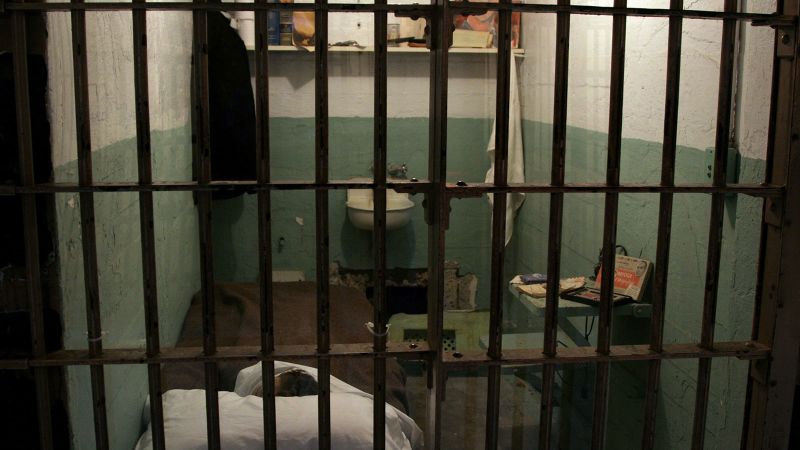Island of Defiance: How Trump's Alcatraz Revival Symbolizes His Political Comeback Strategy

In a move that seems almost too perfectly aligned with his signature style, the idea of reopening Alcatraz feels like a quintessential Trump-era proposal that somehow managed to escape implementation until now. The infamous prison, with its dark history and imposing presence, appears tailor-made for the former president's bold and controversial approach to problem-solving.
The very notion of reviving the long-abandoned island prison captures the imagination with its blend of nostalgia, punishment, and spectacle - qualities that have defined much of Trump's political persona. One can almost picture the dramatic press conference, the sweeping gestures, and the bold proclamation about solving societal challenges through a dramatic, attention-grabbing solution.
It's almost surprising that this concept didn't emerge earlier during Trump's tenure, given his penchant for dramatic and unconventional approaches to complex issues. The potential reopening of Alcatraz seems to embody the very essence of a Trump-inspired policy: bold, provocative, and guaranteed to generate massive media attention.
